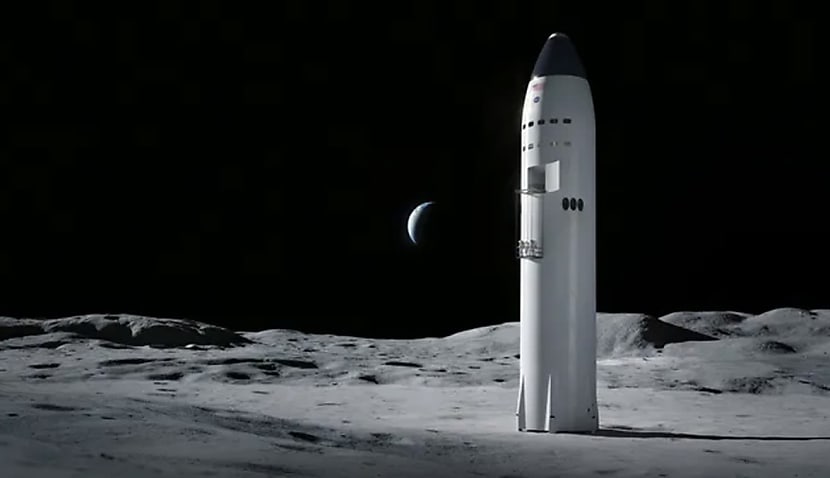First announced in 2021, SpaceX’s continued role in the Artemis III mission is highly in doubt, with the acting NASA administrator telling Fox News, “I’m in the process of opening that contract up. I think we’ll see companies like Blue get involved, and maybe others.”
This comes amid concerns over mounting delays on the SpaceX Starship lunar lander module, under a then US$2.9 billion (AU$4.45 billion) contract now expected to be worth approximately US$4.4 billion (AU$6.75 billion), with established space industry leader Lockheed Martin and Amazon billionaire Jeff Bezos’ Blue Origin both indicating strong interest in participating in the reopening program.
In response, firebrand CEO of SpaceX, Elon Musk, has pushed back against the comments from Transportation Secretary Duffy, particularly about his hinting that Blue Origin may be waiting in the wings, telling his X followers, “Blue Origin has never delivered a (useful) payload to orbit, let alone the moon.”
Secretary Duffy stressed the importance of the US moon mission, particularly when set against the backdrop of broader geopolitical competition here on Earth, adding, “They push their timelines out, and we’re in a race against China ...The president and I want to get to the moon in this president’s term, so I’m going to open up the contracts.”
Artemis III is NASA’s planned mission to return humans to the moon for the first time in more than half a century, currently scheduled for 2027. As part of the broader Artemis program, the mission will see astronauts journey to the lunar south pole, a region never before explored by humans.
This area is of particular interest because of its extreme terrain, long shadows and potential deposits of water ice, which could support future lunar exploration and even eventual missions to Mars.
A crew of four will travel from Earth aboard the Orion spacecraft, launched by the powerful Space Launch System rocket. After entering lunar orbit, two astronauts will transfer to a SpaceX-built human landing system based on the Starship design.
This spacecraft will carry them to the moon’s surface, where they will spend several days conducting moonwalks, collecting rock and soil samples, and deploying scientific instruments. Their work will provide valuable insights into the moon’s composition, geology and resources, deepening humanity’s understanding of both the lunar environment and the wider solar system.
Upon completing their surface mission, the astronauts will lift-off from the moon in the Starship lander, rejoin their crewmates in lunar orbit aboard Orion and return to Earth with a Pacific Ocean splashdown.
Artemis III is more than a single mission, it represents a major step towards establishing a sustained human presence on the moon, fostering international collaboration and laying the foundations for the next great leap in space exploration: sending humans to Mars.

